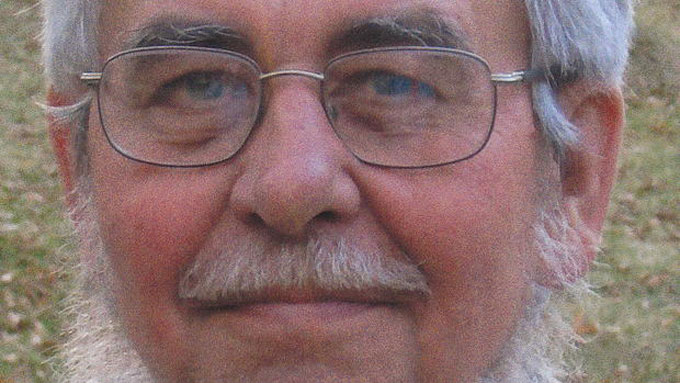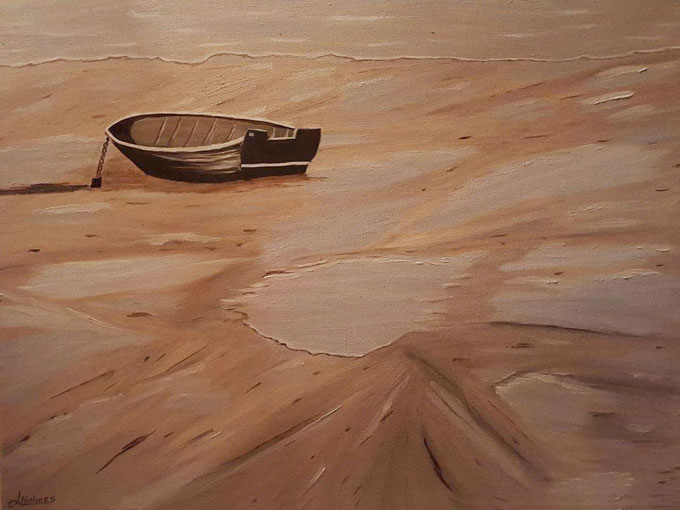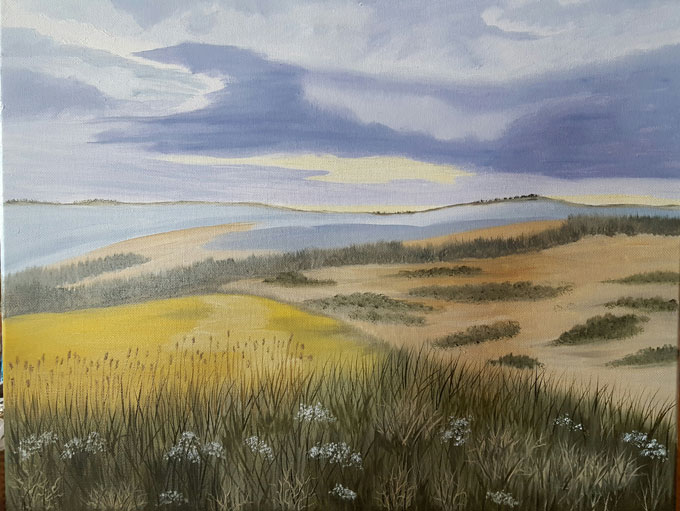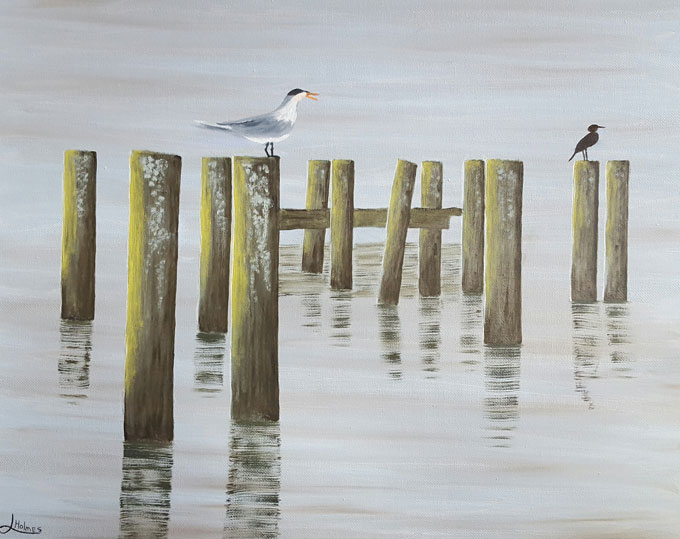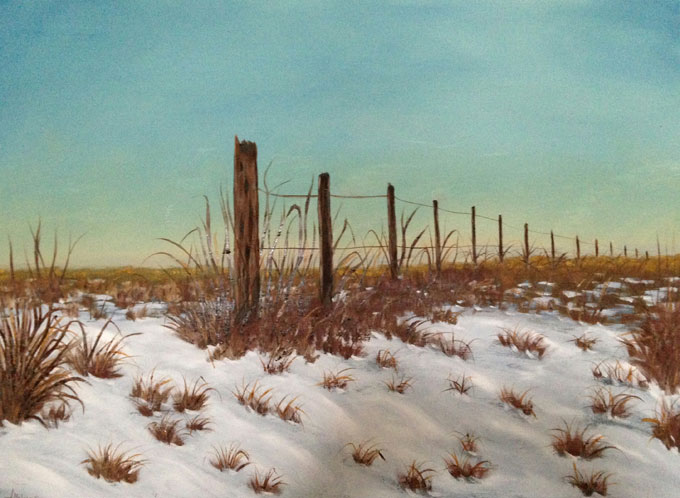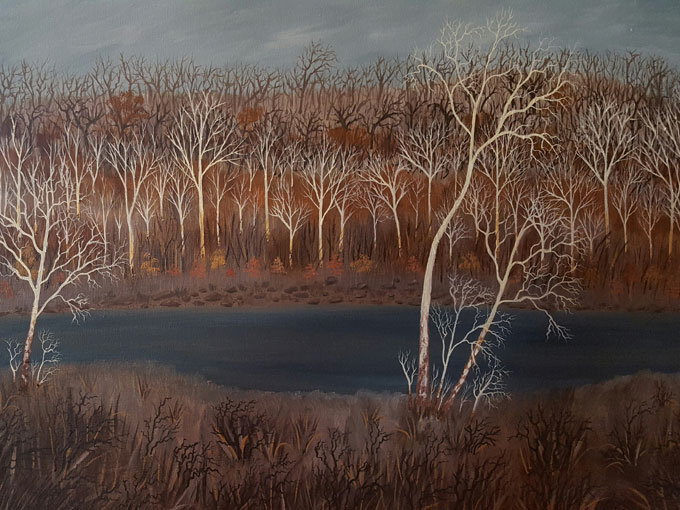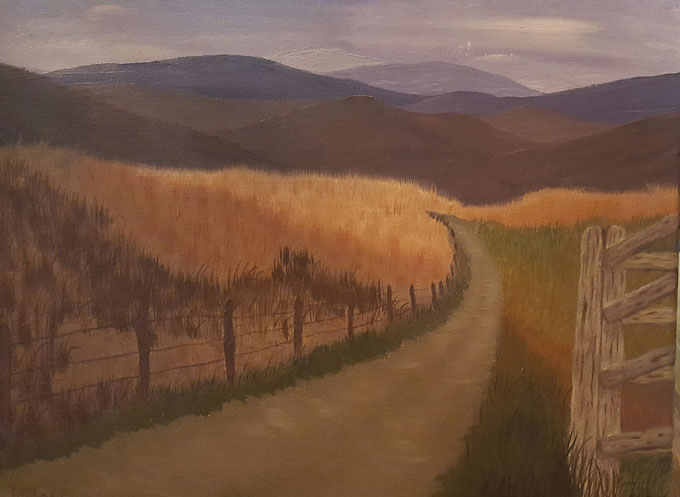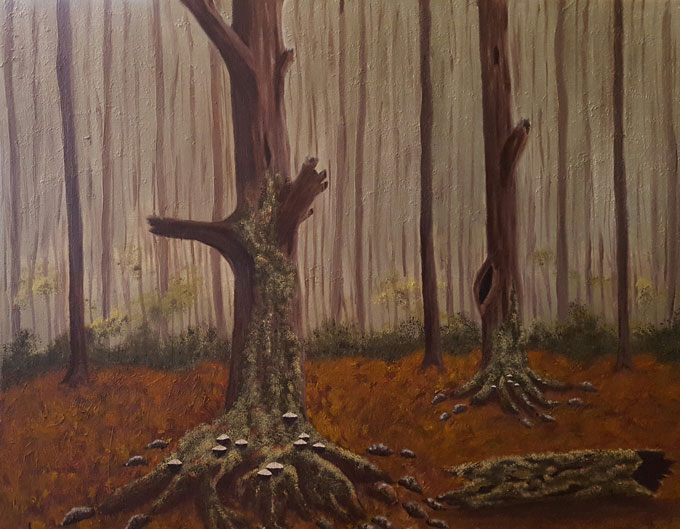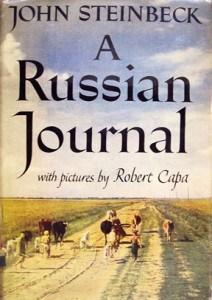 “Revisiting John Steinbeck’s A Russian Journal from 1948”—an impassioned website post dated March 21, 2017—reminds readers that John Steinbeck and Robert Capa overcame opposition from left and right in reporting firsthand on daily life in the Soviet Union under Joseph Stalin following World War II. A publication of the International Committee of the Fourth International, the World Socialist site revives Cold War rhetoric in attacking the forces of fascism, Stalinism, and reactionary capitalism that combined to make the lives of ordinary Russians as miserable as possible before, during, and after the war. The language of the post sounds outdated, but the author’s idea accords with the view of John Steinbeck, whom she credits for accuracy and bravery in the face of threats at home and in Russia. “While the Soviet Union was destroyed more than 25 years ago by the Stalinist bureaucracy,” she writes, “the experiences of the Second World War continue to shape the consciousness of millions in the former USSR. Despite certain limitations, this work by Steinbeck and Capa provides valuable insight into the historical experiences of the working class and peasantry of the former USSR.” Timely praise.
“Revisiting John Steinbeck’s A Russian Journal from 1948”—an impassioned website post dated March 21, 2017—reminds readers that John Steinbeck and Robert Capa overcame opposition from left and right in reporting firsthand on daily life in the Soviet Union under Joseph Stalin following World War II. A publication of the International Committee of the Fourth International, the World Socialist site revives Cold War rhetoric in attacking the forces of fascism, Stalinism, and reactionary capitalism that combined to make the lives of ordinary Russians as miserable as possible before, during, and after the war. The language of the post sounds outdated, but the author’s idea accords with the view of John Steinbeck, whom she credits for accuracy and bravery in the face of threats at home and in Russia. “While the Soviet Union was destroyed more than 25 years ago by the Stalinist bureaucracy,” she writes, “the experiences of the Second World War continue to shape the consciousness of millions in the former USSR. Despite certain limitations, this work by Steinbeck and Capa provides valuable insight into the historical experiences of the working class and peasantry of the former USSR.” Timely praise.
Archives for March 2017
Rousing Post Recalls Cold War, Citing John Steinbeck
Yale University Brings the Great Depression Home
Yale University has launched Photogrammar, a handy interactive website that pairs images of the Great Depression from the Library of Congress photo archive with the photographers who took them and the places where they were taken. Like The Grapes of Wrath, the photographs of Dorothea Lange and others were intended to educate, engage, and convince average Americans that the poor were human, too. Commissioned by the U.S. Farm Security Administration and the Office of War Information and assembled between 1935 and 1945, the 170,000-piece photo archive—like the California migrant camp celebrated by John Steinbeck in The Grapes of Wrath—provides eloquent testimony of government’s power to do good, despite naysayers from the right, when disasters occur. The ambitious Yale University project was funded in part by the National Endowment for the Humanities, a 40-year old federal agency that will disappear if Donald Trump’s proposal to defund the arts and humanities—along with safety-net social programs like Meals on Wheels—is approved by Congress.
Cracker Barrel Wisdom on John Steinbeck’s Birthday
Craig Nagel, author of the biweekly “Cracker Barrel” column in the Echo Journal, a community newspaper near Brainerd, Minnesota, celebrated John Steinbeck’s birthday with a memorable March 3 column written (as Nagel says of Steinbeck) “so simply and cleanly that his sentences seem effortless.” A Midwestern mensch in the style of Garrison Keillor, Nagel praises Steinbeck for displaying personal bravery in the face of public criticism, and for having a Twain-like sense of humor that “often masked the depth of his outrage, gentling the hatred he felt toward those who used and manipulated others.” Pequot Lakes, the Minnesota town where Nagel lives and writes his “Cracker Barrel” column, has a population of 2,200—about the size of Salinas, California when Steinbeck was born there 115 years ago. Like Salinas, it’s a small place harboring a big heart.
His Parents? Poor Kids from Eastern Kentucky: Life Poem
The Bright and Unforgettable Scent of the Fruit
At 30, my father drove a Cadillac in all weather.
Seeds spat down onto the wax job of its black hood,
black being his preferred color in cars. And he owned
two Cadillacs, which he forfeited divorcing my mother
and selling Roy’s Shell, his gas station, though she saw
not one Lincoln-headed cent. For a man or woman then—
after the Cuban Missile Crisis, talk of bomb shelters—
the best thing about going broke was you had time.
Time to try and love again. To take a son for a walk.
And he took me on that walk. By a river in Dayton.
He said, Five rivers converge here. And named one
by a botanical gardens of flowers gemmy with rain.
He said, the Great Miami River. And then looked off
in the direction of where the bright and unforgettable
scent of the fruit of one orchard is the definition of loss.
On a bank of the Great Miami that day was a rotted boat.
And someone said every boat, new or old, is looking for
a place to sink. He said something similar, my father,
no fan of boats. Maybe he thought the boat we saw
was as useless as oars to row its gray decrepitude.
My parents were poor kids from eastern Kentucky.
Like any refugee, they had problems. Divorced.
Later, she went to work. In a factory. It was all
she could do. Working like that. But she did it
and survived. Meaning her face shown brighter
than anyone else standing over the shiny hood
of the next car he kept so spotless you could
see yourself in every black inch of it.
“Men, Death, Lies,” oil painting by Linda Holmes, © 2017 Linda Holmes. All rights reserved.
Images of the Midwest States Reflect John Steinbeck’s Affinity for the Visual Arts
This selection of paintings by Linda Holmes, a self-taught visual artist from Newark, Ohio, reflects John Steinbeck’s affinity for the visual arts—and for gifted amateurs—in life scenes from the Midwest states. Holmes, who uses oil in paintings like “Michigan Sunset” (above), also illustrates the poetry of Roy Bentley, a Midwesterner with an affinity for Steinbeck.—Ed.


